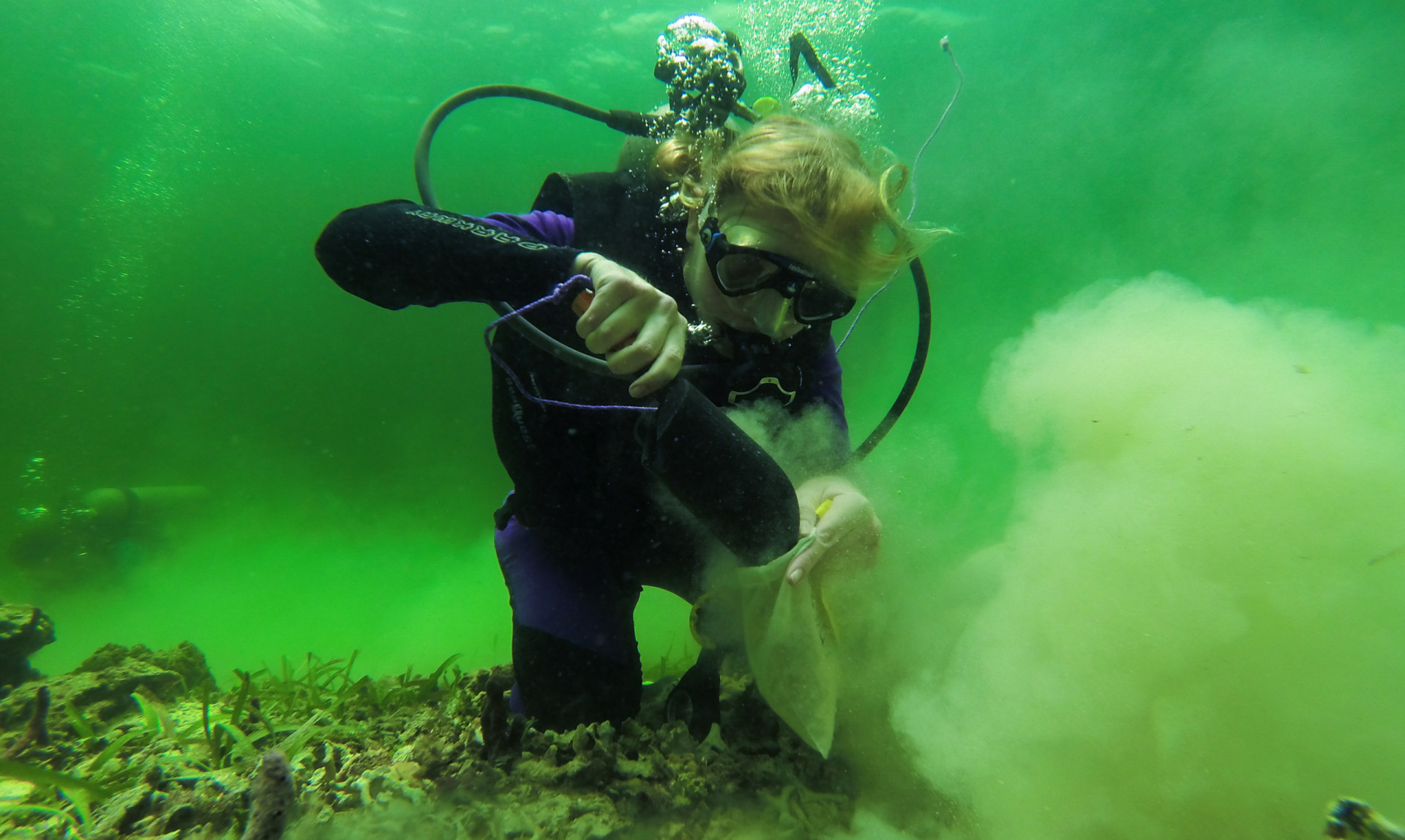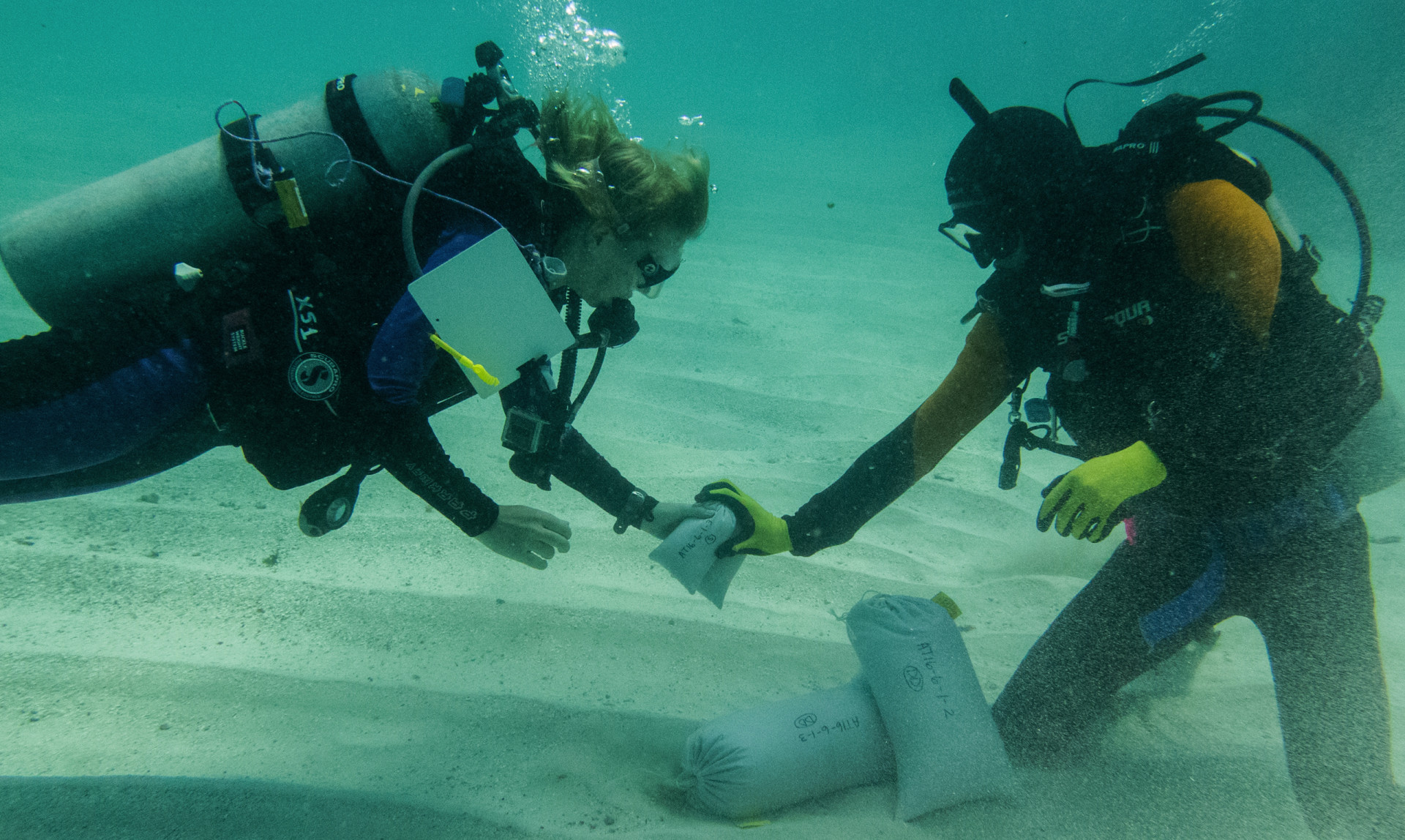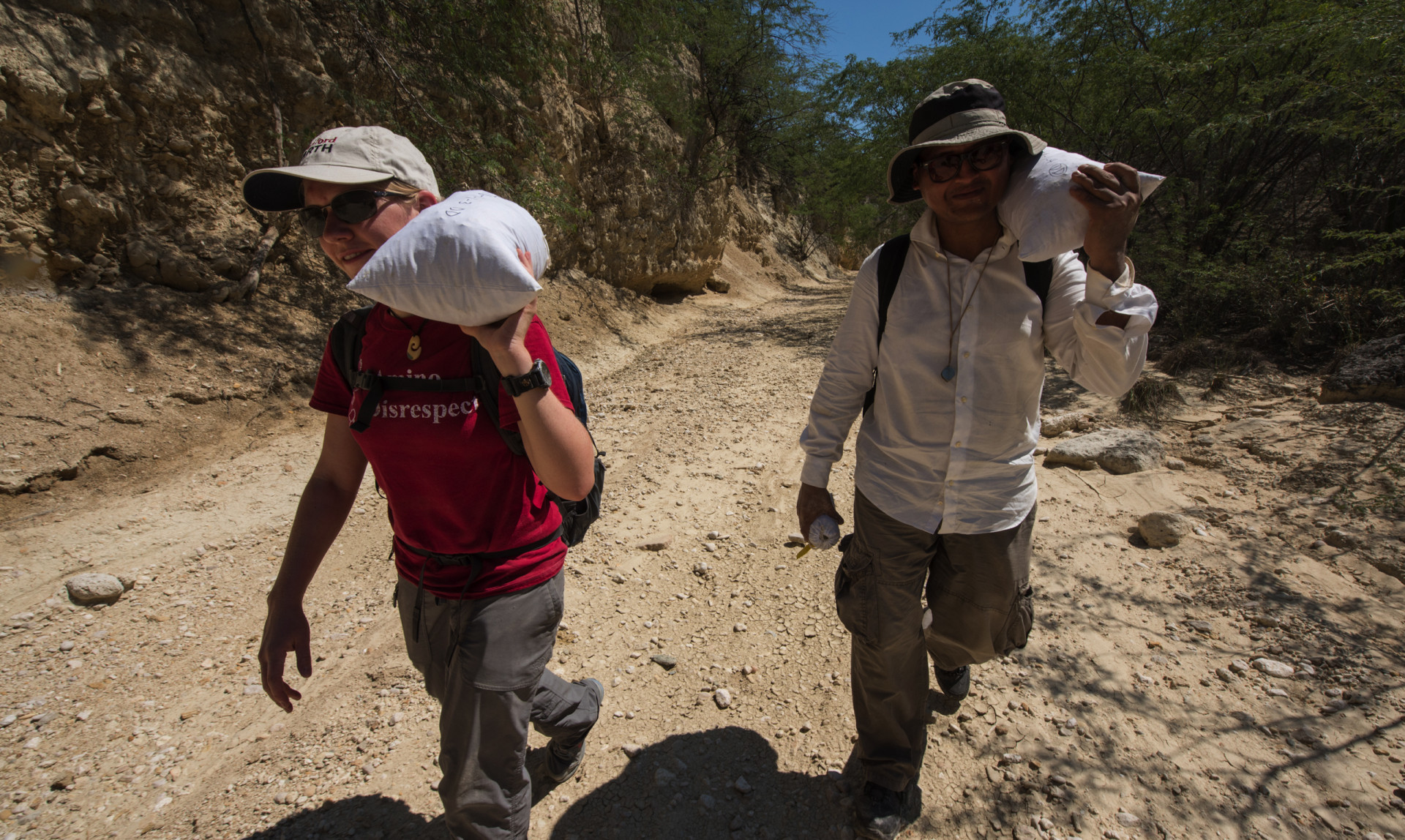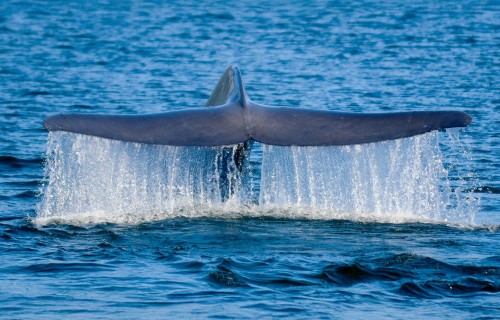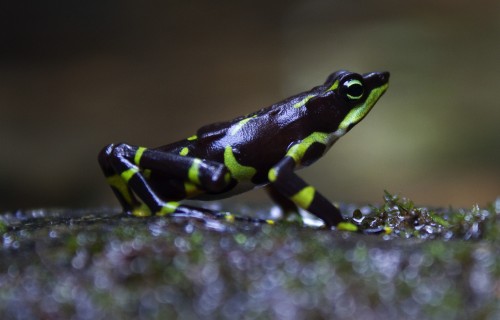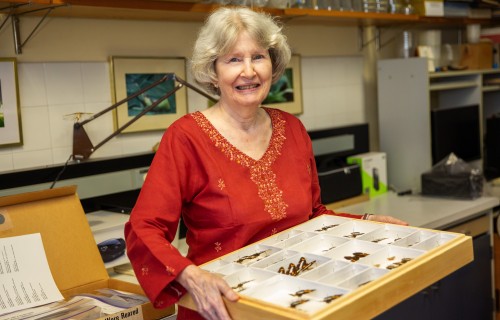Smithsonian science helps understand blue whale migratory and foraging patterns to inform conservation strategies
Where
are the
sharks?
Searching Caribbean reefs for sharks’ microscopic calling cards
Bocas Del Toro, Panama
Estimating shark populations on degraded Caribbean reefs is complicated, especially when there few around. A pioneering member of the O’Dea lab has developed a technique to estimate shark populations — both past and present — using their microscopic skin scales
One thing Erin Dillon notices when she dives on the degraded coral reefs around Bocas Del Toro is that she sees no sharks. The apex predators could be more active at night, out-of-sight in the low-visibility waters, or just “naturally” uncommon in the sheltered and shallow bays of the Panamanian archipelago.
Experience suggests otherwise. Dillon has explored the healthier marine ecosystems of Australia’s Great Barrier Reef and the isolated Palmyra Atoll in the middle of the Pacific. Sharks there are more plentiful.
To figure out the extent human activity has contributed to shark scarcity at Bocas, Dillon sifts through underwater sediment and a 7,000-year-old fossilized reef to reconstruct changes in shark communities through time. She searches for dermal denticles — or microscopic shark scales — the nearly indestructible traces sharks leave behind.
“The project is not going back just 50 or 100 years, but thousands of years to get a true baseline of shark abundance,” said Dillon, a Stanford graduate and STRI intern in Aaron O’Dea’s lab. “Sharks have a really important impact on the environment. If you take away sharks it can upset the entire structure of an ecosystem.” Her work may also show how shark species distribution has shifted over time in the greater Caribbean.
“The Caribbean is much more degraded than some other regions,” said Dillon, after a day of collecting sediments around reefs. “Bocas is a good place to start looking at the history of reefs in order to ensure their future protection.”

